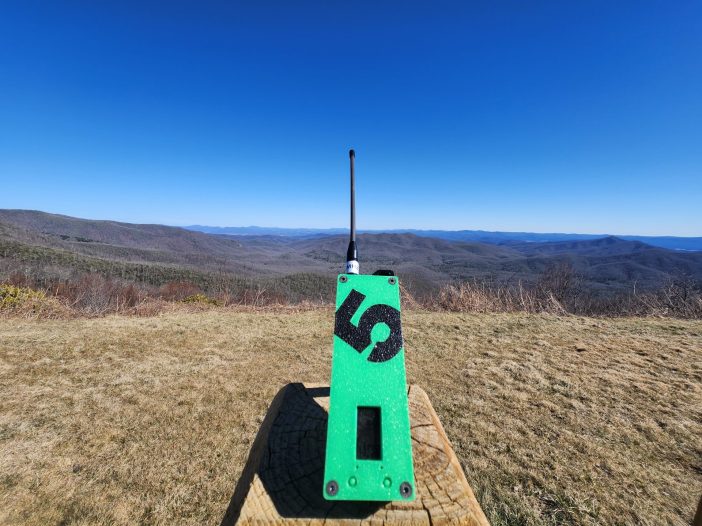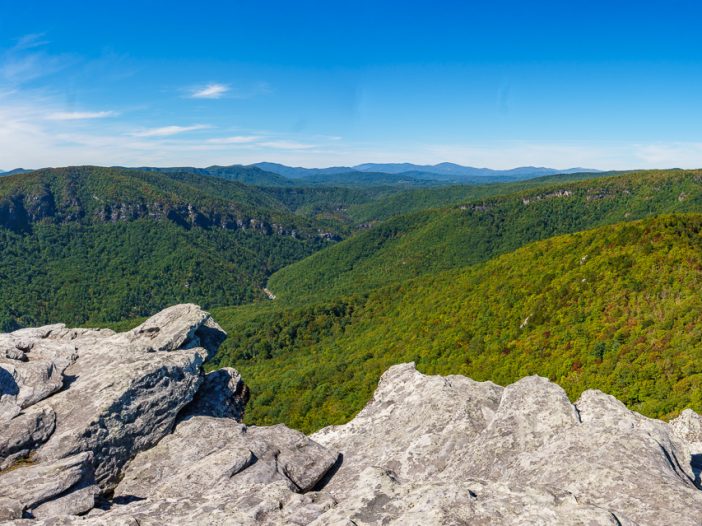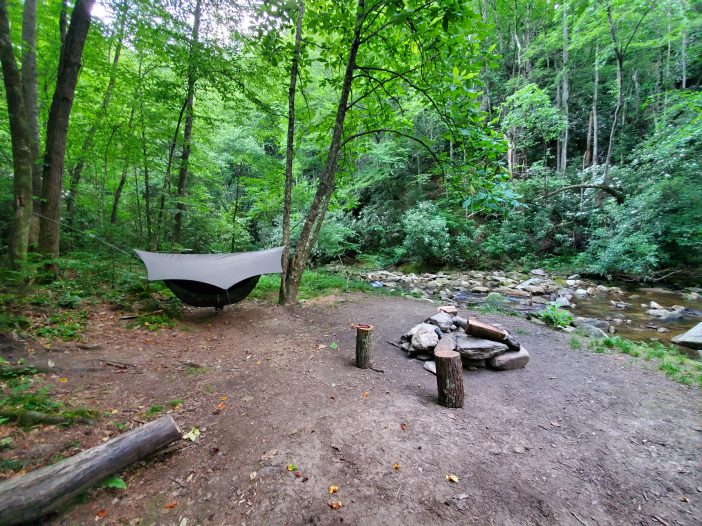Meshtastic is changing how outdoor enthusiasts stay in touch off the grid. Using long-range LoRa technology, this open-source mesh system enables secure messaging and GPS tracking without cell towers or internet. From backpacking and camping to emergency prep, here’s how it works and why it matters.
Read Morebackpacking
Linville Gorge: A Hiker’s Haven in North Carolina
Nestled within the heart of North Carolina’s Blue Ridge Mountains, Linville Gorge is a hiker’s paradise just waiting to be explored. This magnificent, wild canyon stretches over 12 miles long and is often referred to as the “Grand Canyon of the East.” With its rugged beauty, breathtaking views, and a diverse array of trails, Linville […]
Read MoreWhere to Camp
Ask yourself what expectations, goals, and limits do you have for the outdoor activities you’re planning. Consider the same for everyone that will be joining the group. The trip may be a simple night of KOA car camping or five days of backpacking your local National Forest.
Read MoreIsolated Lookout in Buffalo Gap, VA
You can find Elliott Knob within the George Washington National Forest. It’s one of Virginia’s highest peaks with a wonderful view of the Shenandoah Valley. At this elevation there are species of trees usually found hundreds of miles to the north. Two groves of Red Spruce grow on the summit with dispersed campsites throughout them. This unique location has an old forest fire lookout that’s open to those that can make the hike.
Read More


